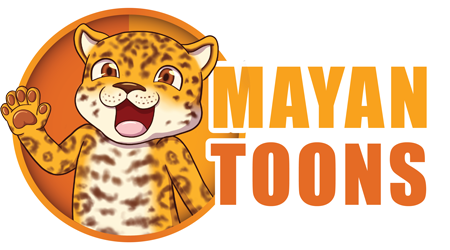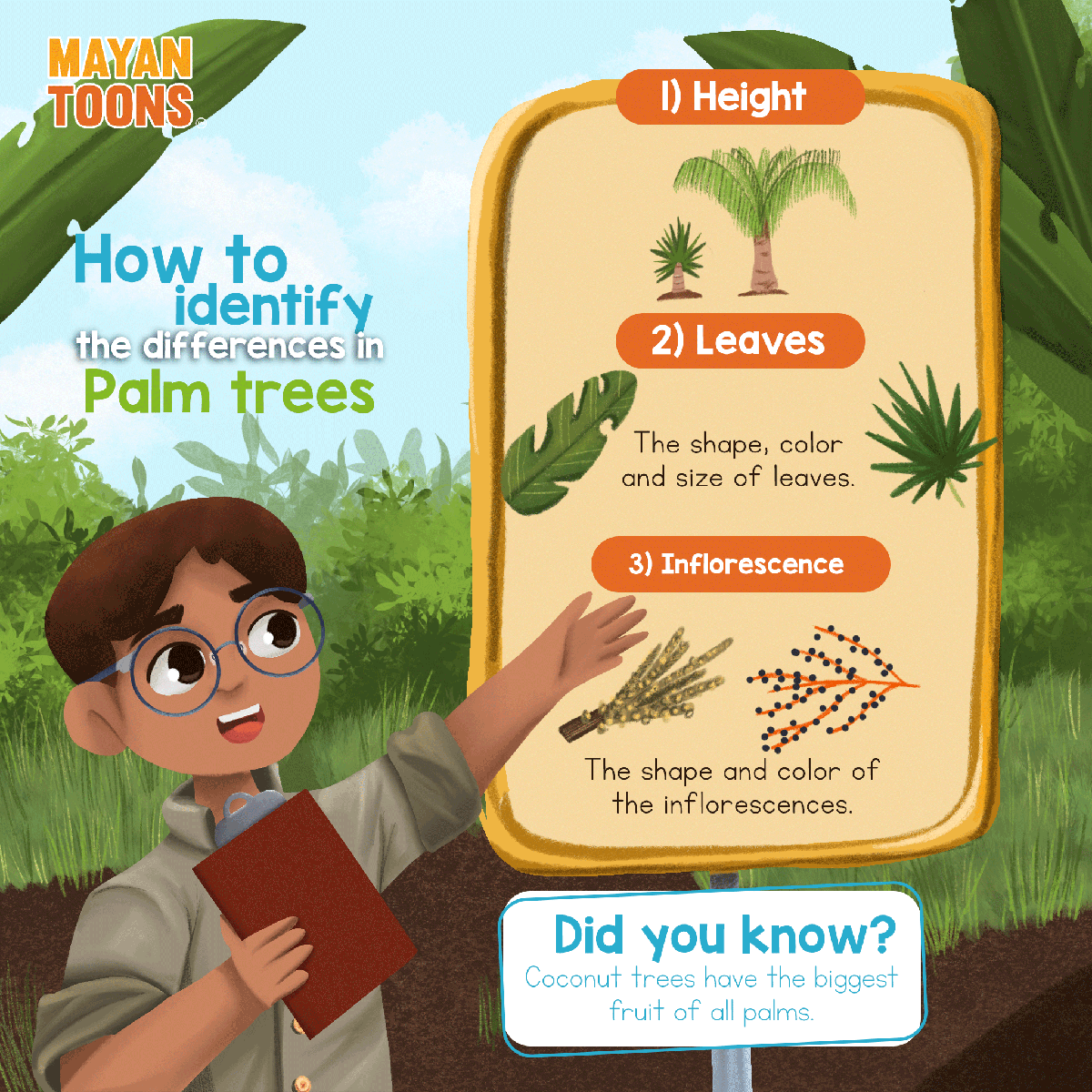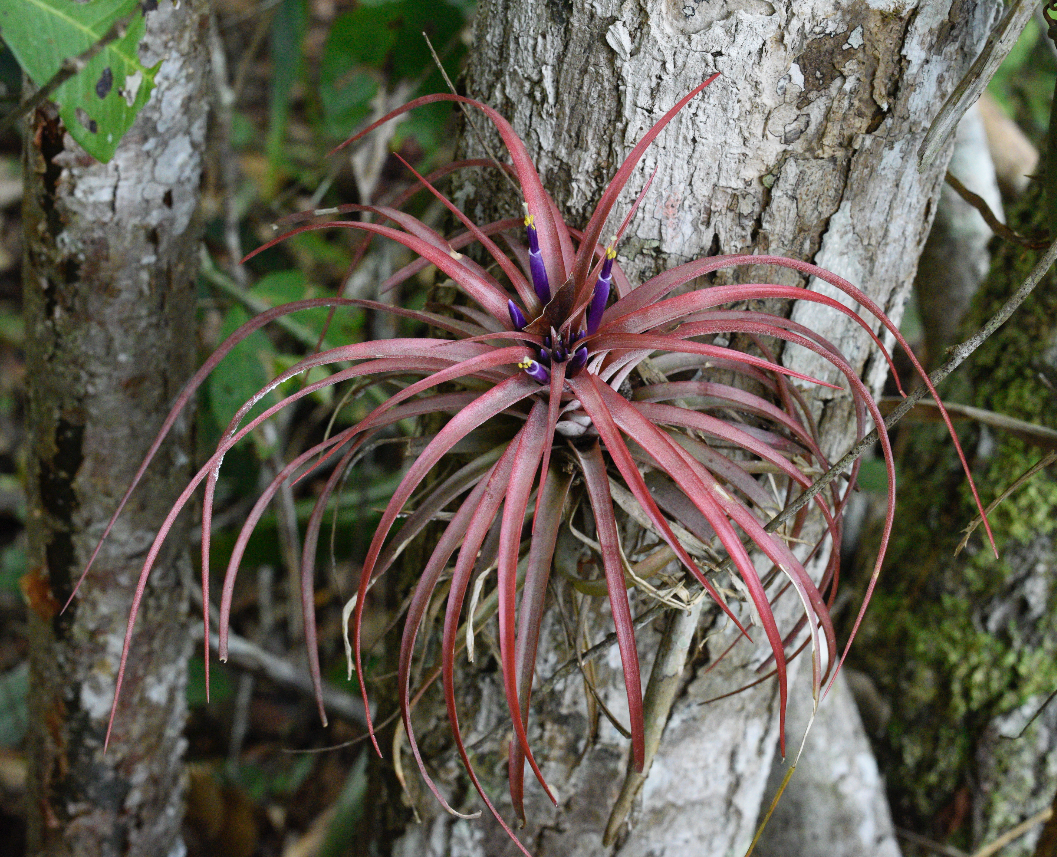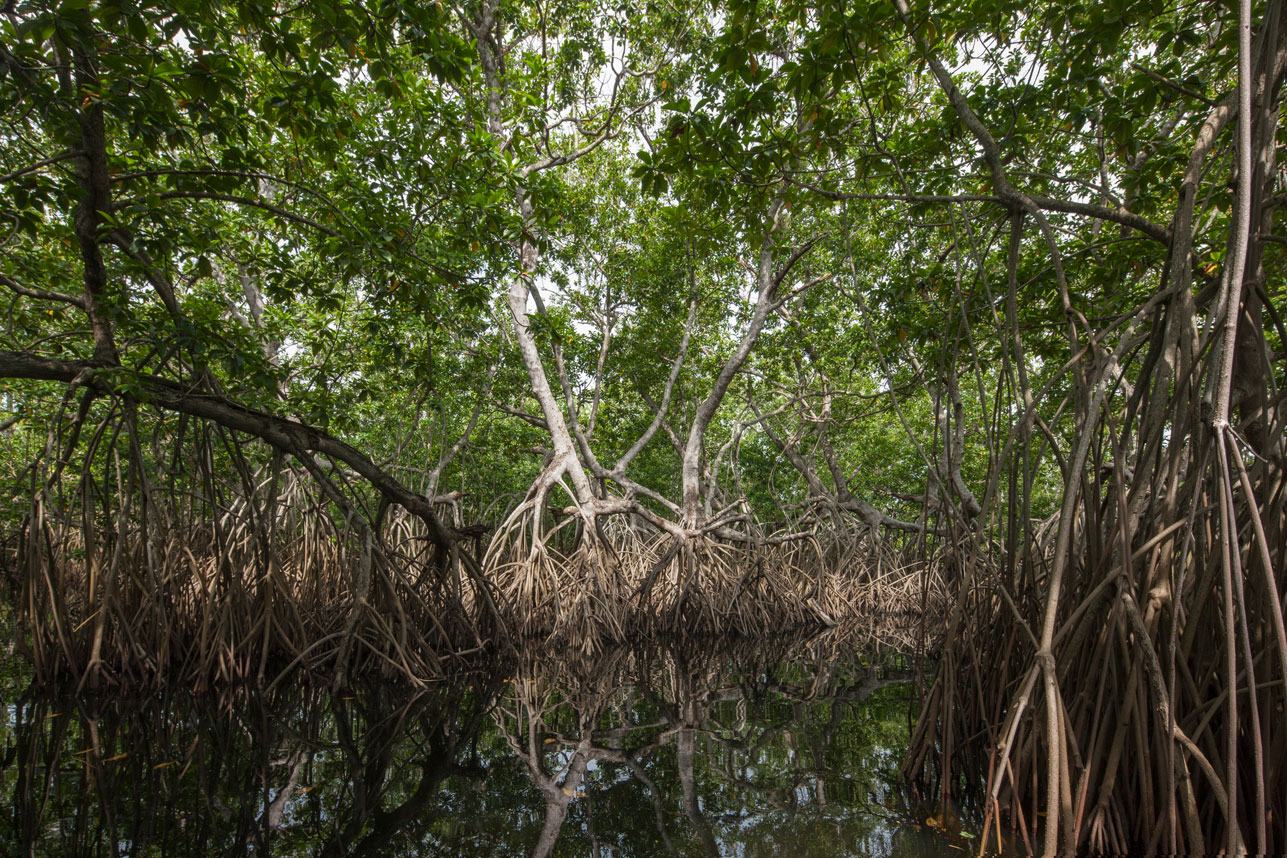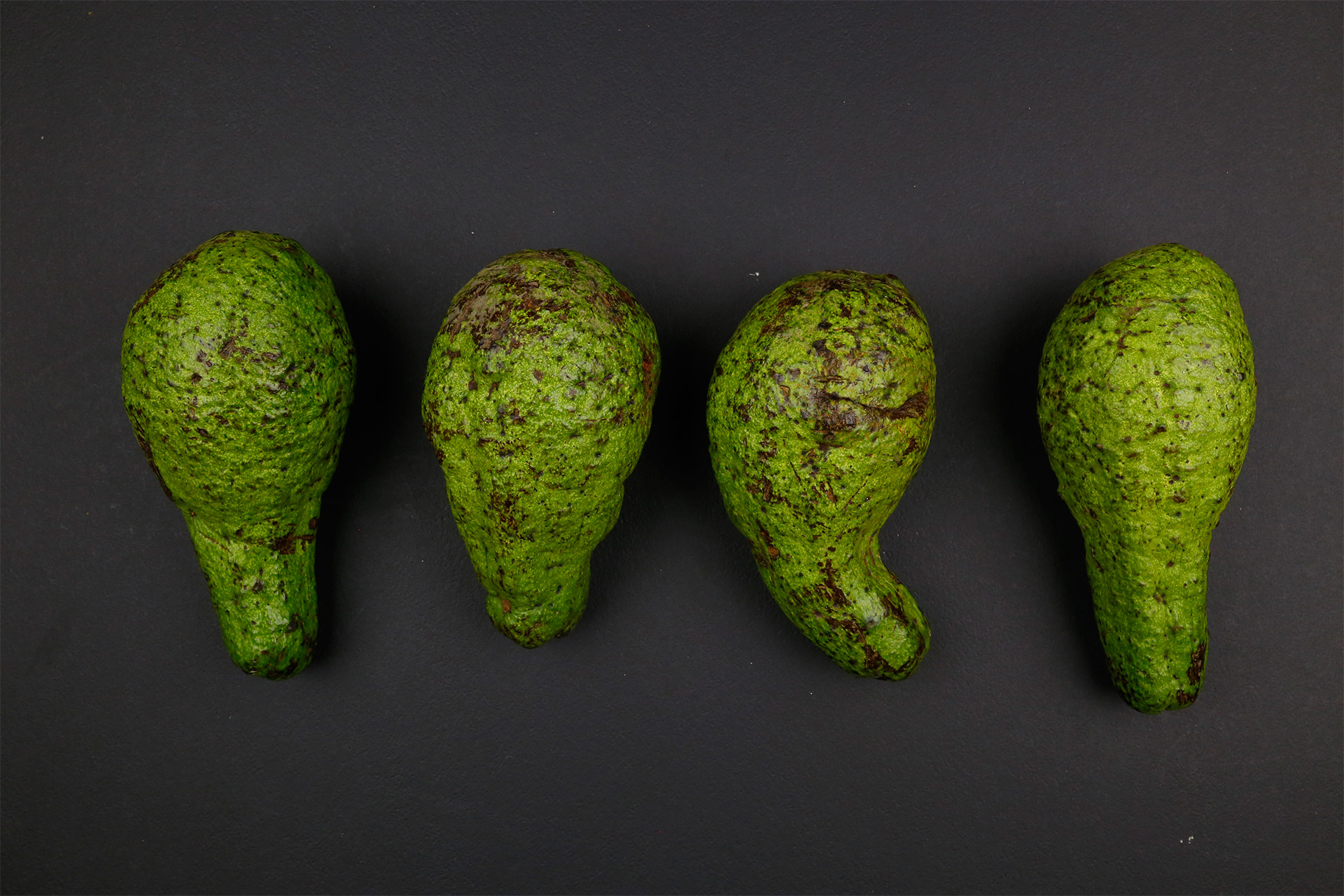I was able to learn about Mayan cacao by raising cacao trees in my own garden in Guatemala, plus visiting cacao plantations in Soconusco and Tabasco
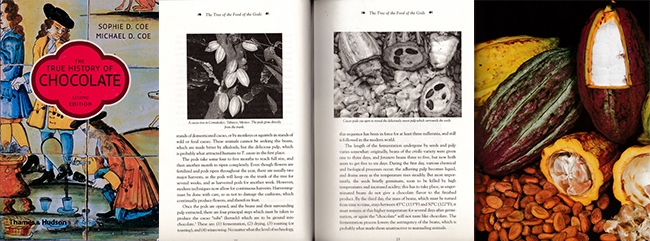
This is the cover, a fragment and a photo used in the book “True History of Chocolate” by Sophie D. Coe and Michael D. Coe.
I also did photography of cacao of Tabasco for the book on cacao of Dr. Yoshiho Yasugi, Minpaku (The National Museum of Ethnology, outside Osaka, Japan).
Cacao in Copan Ruinas village, Honduras
Although the climate and altitude of Copan Ruinas are different than lowland Tabasco and lowland Soconusco and areas of Guatemala where cacao is popular, there are plenty of healthy fruiting cacao trees in this Honduran village, both in at least one of the hotels, and also in the inside patio of the village archaeology museum.
I was first at Copan Ruinas as a typical backpacker tourist, at age 17 or 18. I went in and out seated on sacks of maize in the back of a giant cargo truck (since in these years, the 1960’s, there was no regular bus service from this part of Guatemala).
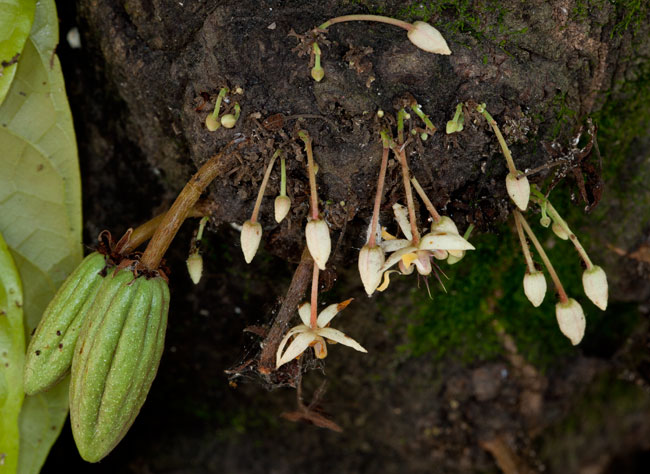

Theobroma cacao this picture in particular was photographed at the Copan village museo on August 2013.
First experience with Maya cacao was in 1965, at age 19
My first experience with chocolate was at age 19, deep under a royal pyramid at Tikal. He was a student intern at Tikal, taking a year away from Harvard, to work for the University of Pennsylvania project at Tikal.
One of the larger vases in this richly stocked royal burial crypt had once been a liquid. The liquid had dried, and solidified into a structure mixed with a lot of bean-shaped seeds (which were mostly hollow).
At age 19 I had never seen a cacao bean, so I estimated these were some kind of frijol (like the black beans you see in so many restaurants in remote parts of Guatemala). But now that I know what a cacao bean looks like I realize the size and shape of the beans in this vase were cacao size, not frijol sized!
This material was put by me into a plastic bag or appropriate lab container and brought to the Tikal camp lab building. Whether it survived long enough to be analyzed I would doubt it. Too bad, as would be nice to know whether it was cacao or pataxte, and what flavorings were in the liquid around it.
About seven years ago I began growing my own cacao
I grow cacao around the FLAAR office. We have planted pataxte but it wants much more sunlight and warmer weather. Remarkably Theobroma cacao is more adept at adapting than is pataxte. Plus Theobroma cacaogrows faster.
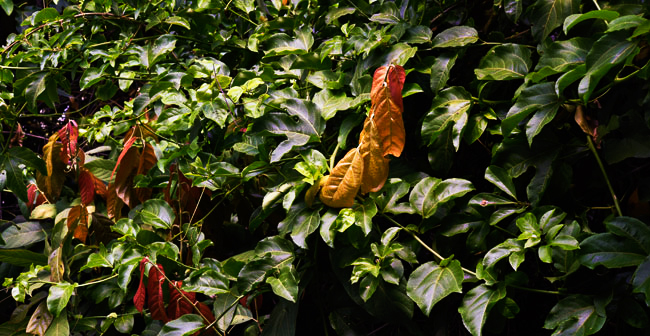
This photograph shows how the fresh new leaves of Theobroma cacao are a remarkable reddish golden color. It’s been seven years since we planted the seeds in our Mayan ethnobotanical research garden at 1500 meters above sea level in the hills overlooking Guatemala City.
I learned a lot about what parts of my garden made the cacao trees the happiest: deep inside a tiny 3 x 3 meter interior patio, with the office walls shielding the tree from sun most of the day, and vines shielding the tree from the sun the rest of the day! But the leaves always work hard to grow above the vines to soak up a tad of sunlight.
This tree flowers about every 2 or 3 years (remember, at elevation of 1500 METERS), it is far outside its favored eco-systems). It rarely fruits because wind knocks off the fragile flowers.
But trees up on top of the roof have indeed fruited and they grew quite large. But normally the lack of humidity (and high wind) results in the pods not reaching maturity. Plus the cacao on the roof are in pots, not in the ground. So it is remarkable that they flowered, and fruited (I highly doubt there are midges here to pollinate them…., so clearly these can be self-pollinated).
But although I am not a botanist, my experience here disproves several statements in textbooks and peer-reviewed journals (since not all authors actually grow cacao around their home or office!).
Recently I was off searching for Theobroma angustifolium
Not much information is available on how, when, and why Theobroma angustifolium arrived in Guatemala and adjacent Mexico. 90% of books and peer-reviewed journal articles on cacao of the Olmec, Maya, and Aztec simply do not mention Theobroma angustifolium: they only mention cacao and pataxte.
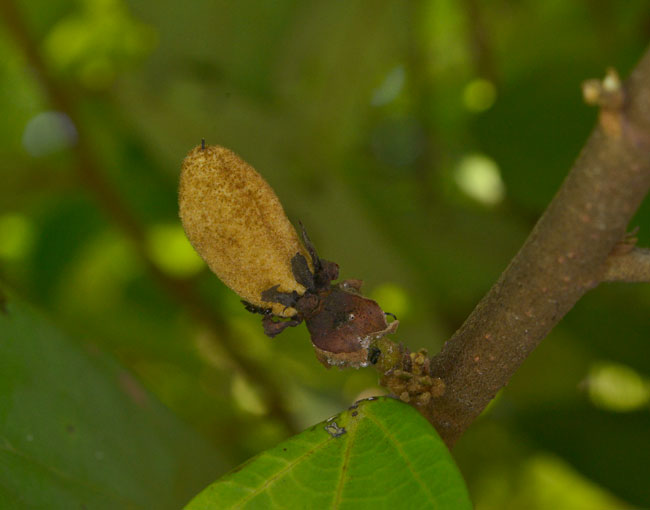
The Viviero Radell lets us take some pictures of their Theobroma angustifolium on December 27th, 2016.
100 years ago Theobroma angustifolium was widely grown. Today I would be surprised to find any trees of this in Alta Verapaz (Guatemala). We have found two lonely Theobroma angustifolium trees in the Costa Sur (precisely where it filled entire plantations 100, 200, ??? years ago). The reason it is no longer grown is because every other species and variety produces more pods (and more pods that last until you can harvest them).
Most of my work on cacao the last five years has been on the flavorings
While communicating with Dr Michael Coe about five or so years ago, he suggested that the area of cacao research which was most in need of fresh initiative was to study and learn about (and write about) the flavorings for cacao. His comments inspired me to dedicate myself and my support team to first spend several years researching and learning what plants were flavorings, and then three years to go out into the deserts, swamps, forests, and fields of Guatemala (and Honduras and El Salvador) to find, and photograph when flowering, each seasoning plant.
FLAAR now has the largest high-resolution digital photograph archive in the world on all the plants used to flavor cacao (and the plants which were added to cacao beverages with cacao merely as the vehicle for ingesting the special ingredients).
We hope a university or museum will be interested to acquire this photo archive, as dozens of theses and dissertations (plus coffee table books) could be handsomely illustrated with these remarkable photographs in remote areas of Mesoamerica.
